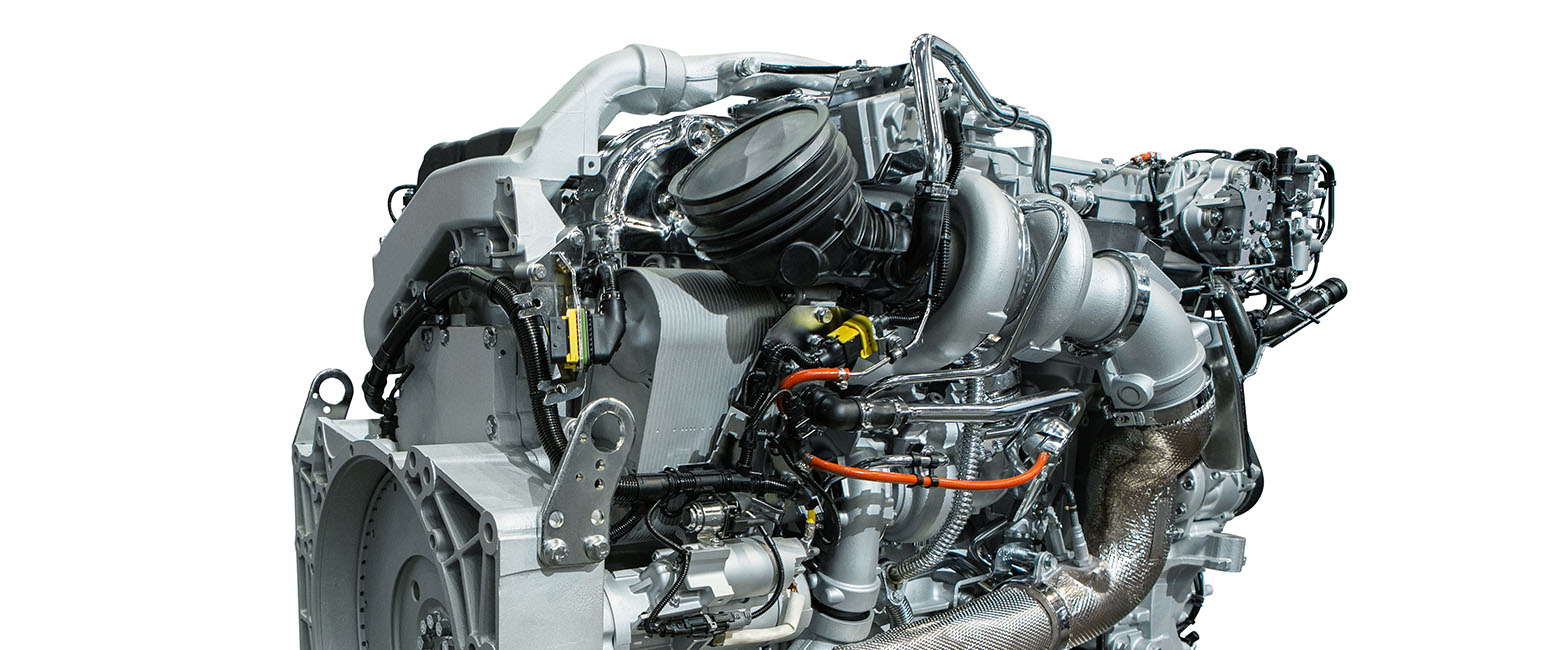Few automotive powerplant advances have translated to road cars as successfully as diesel engine technology.
Diesel has a long history in locomotives, maritime vessels, and heavy commercial vehicles. But in the past decade diesel engines have become increasingly popular with Australian motorists, mostly in utes and SUVs. By 2017 diesel engines represented more than 22 per cent of the national fleet.
But will that trajectory continue? With concerns over diesel particulate emissions and new global pollution reduction targets, diesel engines are suddenly in the political firing line.
Once lauded for their comparative fuel efficiency, diesel engines are now the bad guys. So, what does that mean for those of us in the automotive industry?
Embracing the benefits of diesel
Let’s look at how we got here.
Early diesel-powered efforts for passenger cars mainly came from Europe, with marques such as Mercedes-Benz and Volkswagen embracing the benefits offered for fuel economy and power from as early as the 1960s and 70s. Australian motorists, particularly those in rural areas, embraced diesel vehicles from the start.
The benefits of switching to diesel were obvious:
- The engines didn’t require spark systems
- They converted much more of the fuel used into power (45 to 50%, as opposed to the 30% of petrol engines)
- Diesel was a safer fuel than petrol
- Turbo diesel engines produced monumental amounts of torque
- They had longer service and maintenance intervals than petrol vehicles.
So it was no surprise the number of registered diesels increased by more than 60 per cent between 2007 2012. Diesel was riding high.
VW brings diesel’s party to an abrupt end
In 2012 the World Health Organisation declared diesel fumes caused cancer. Major world cities, like London, Paris and Mexico City, began banning diesel in their city centres.
Then, in November 2015, US authorities found Volkswagen had been cheating emissions tests. VW’s vehicles were actually emitting 40 times the US legal limit of nitrogen oxide. It wasn’t just VW’s reputation that took a hit, diesel vehicles have since become enemy number one.
By 2018 consideration of diesel vehicles amongst Australians in the market for a new car had slipped slightly from 50 per cent to 45 per cent, following similar trends overseas. Major manufacturers in Europe began reducing production of diesel vehicles.
In 2019 a major report by the Australian National University found Australia’s annual carbon dioxide emissions from burning diesel increased by 21.7m tonnes between 2011 and 2018. The NRMA called for a ban on the sale of both diesel and petrol cars by 2025.
While the Australian Government talked about mandating improved fuel efficiency for light vehicles (as it had for heavy road freight vehicles), it didn’t take action.
What is the future of diesel engines in Australia
The future of diesel engines in Australia depends on two factors:
- Market forces (what the public wants to buy)
- Government regulation (what the Government will allow).
While the popularity of diesel may have dipped, and while some manufacturers are turning away from diesel, it’s worth noting the popularity of diesel engines in Australia is still high – especially in the bush. (Country-based Australians are 36 per cent more likely to drive a diesel fuel vehicle than the average Australian.)
The fact is diesel engines still come with all the advantages listed above, and that will continue to make them attractive to motorists. If manufacturers and governments take the lead on emissions standards, there’s no reason to think we won’t all be servicing diesel engines well into the future.
Have you seen more diesel engines being serviced in your workshop?


